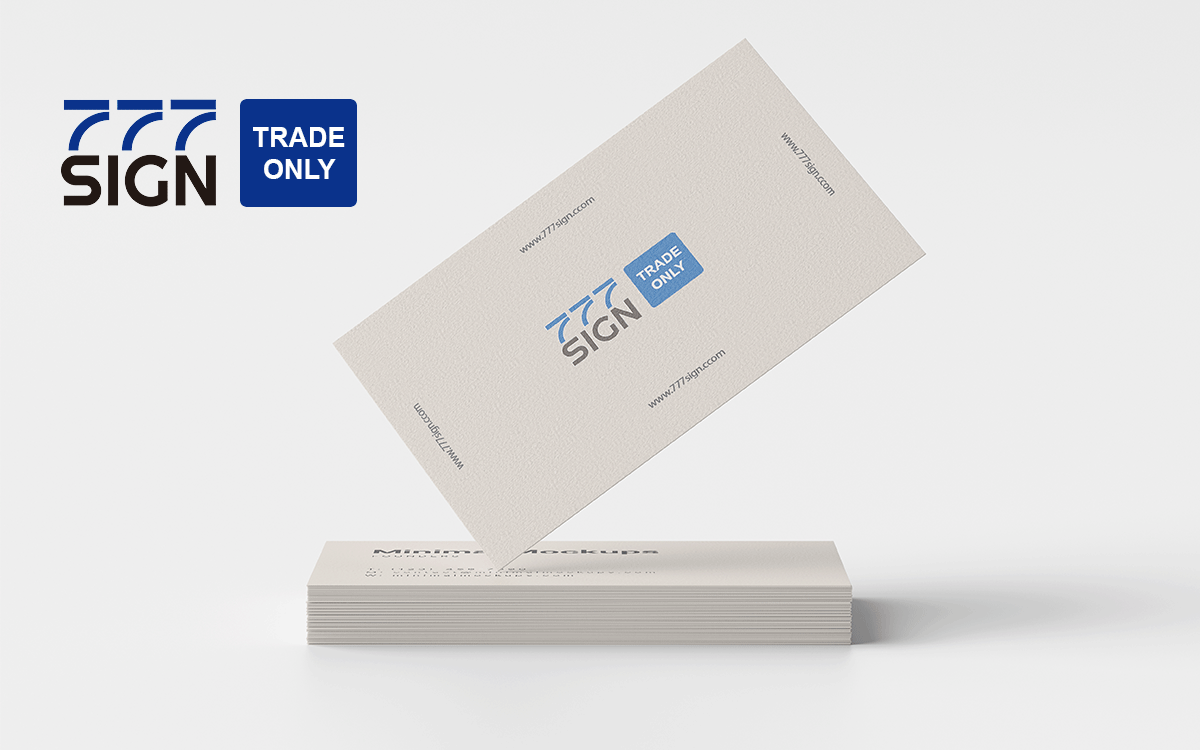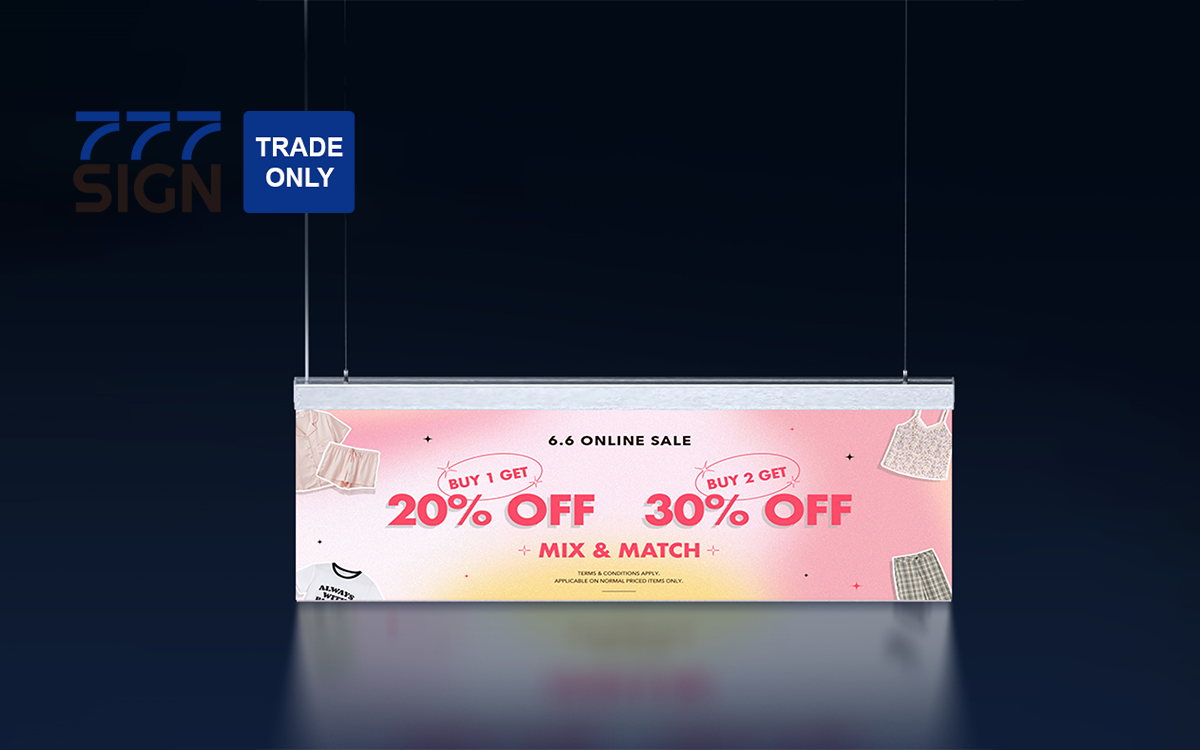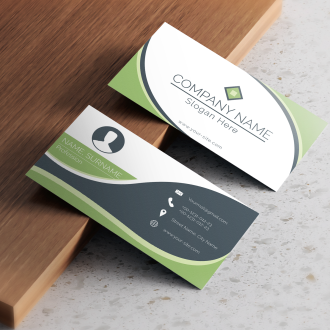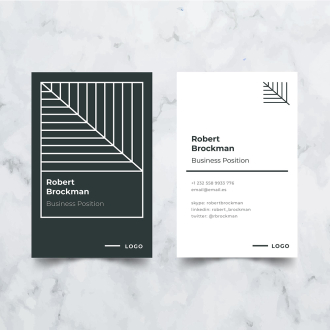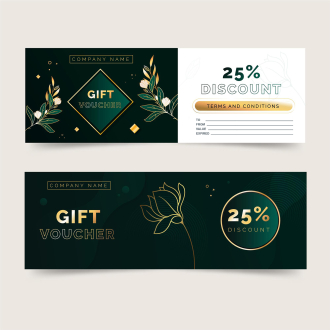In the printing world, cardstock is a versatile and durable material that can transform ordinary printed products into works of art. Whether you're looking to create business cards, invitations, postcards, or packaging materials, cardstock offers a range of benefits that make it a popular choice among designers and businesses.
What is Cardstock Printing?
Cardstock printing involves using thick, high-strength paper to produce printed materials that are both visually appealing and physically durable. The rigidity of cardstock ensures that it holds its shape during the printing process, resulting in high-quality prints that are less likely to deform or bend. This makes it an ideal choice for various applications, from business cards that must withstand daily handling to packaging boxes that must protect their contents.
The excellent colour performance and premium cardstock texture make it highly favoured in the market. Whether you're aiming for a unique design or need high-quality printed products to enhance brand communication, cardstock printing is a practical choice.
Cardstock Paper Selection
When selecting cardstock paper, weight and thickness are crucial factors. Cardstock ranges from 200 to 350 grams per square meter (gsm). A higher weight generally indicates greater rigidity, which is suitable for projects that require better durability and texture.
- - 200gsm – 250gsm: Suitable for flyers, brochures, and postcards. Lightweight yet rigid enough to maintain its shape.
- - 260gsm – 300gsm: Ideal for high-quality brochure covers and business cards. Offers a balance of tactile feel and sturdiness.
- -10gsm – 350gsm: Best for premium business cards, invitations, and packaging. Adds a luxurious feel to printed products.
In addition to weight, cardstock's smoothness and texture play a significant role in its final appearance and feel. Coated cardstock has a smooth surface, perfect for vibrant, colourful prints, while uncoated cardstock retains a natural texture, ideal for traditional and elegant designs such as wedding invitations.
Cardstock Size Selection
Choosing the right size ensures that your design maintains its aesthetic and functionality. Standard sizes include 11x6 inches, 8.5x11 inches, and more. Larger sizes are suitable for showcasing complex designs and more text, such as posters or large-format brochures, while smaller sizes are better for concise information, such as business cards. Explore available sizes and customization options at 777sign.com for Business Cards or Postcards.
Customization Options
Customization is key to making your cardstock printing stand out. Beyond standard sizes and shapes, die-cutting allows for unique shapes, such as hearts or circles. Techniques like embossing and **debossing add a tactile element, giving printed designs more depth. Lamination options—such as matte or glossy—can further enhance durability and visual appeal.
- - Glossy lamination increases scratch resistance by about 30%.
- - Matte lamination reduces glare by 20%, offering a high-end look ideal for reading materials.
Printing Technique Selection
Selecting the right printing technique is essential for ensuring a high-quality result. Digital printing is best for small-batch, personalized projects, offering flexibility and quick turnaround times. In contrast, offset printing is ideal for large-scale production, offering cost-effectiveness and precise colour matching for projects like corporate promotional materials.
Special effects like foil stamping and spot UV coating can enhance the visual appeal of cardstock products, adding luxury or highlighting specific design elements.
How to Choose the Right Cardstock and Printing Technique
When choosing cardstock, customization, and printing techniques, consider the final purpose and target audience of the project.
- - For luxury wedding invitations, opt for high-weight cardstock (e.g., 350gsm) with an uncoated finish and embossing for a luxurious feel.
- - For business cards, 300gsm cardstock with glossy lamination and digital printing offers a polished, professional look.
- - For brochure covers, 260gsm–300gsm coated cardstock with spot UV coating helps highlight design elements.
- - For greeting cards and watercolour projects, thick uncoated cardstock provides absorbency and a natural texture.
Applications of Cardstock Printing
Cardstock printing is suitable for a wide variety of applications:
- - Business cards: The thickness and rigidity of cardstock lend a professional and durable quality.
- - Invitations: Cardstock enhances formality and commemorative value, especially when paired with embossing or foil stamping.
- - Greeting cards and art projects: Due to its absorbency and texture, Uncoated cardstock works well for watercolours and handmade projects.
- - Packaging boxes and labels: Cardstock creates premium-looking packaging with sturdy structures.
In conclusion, cardstock printing offers endless possibilities for creating high-quality, lasting printed products. By carefully considering the weight, customization options, and printing techniques, you can create printed materials that not only look great but also stand the test of time. Whether you're looking for a luxurious wedding invitation, professional business card, or beautiful greeting card, cardstock printing adds texture and beauty, ensuring your work stands out and leaves a lasting impression.
Explore more cardstock options at 777sign.com


